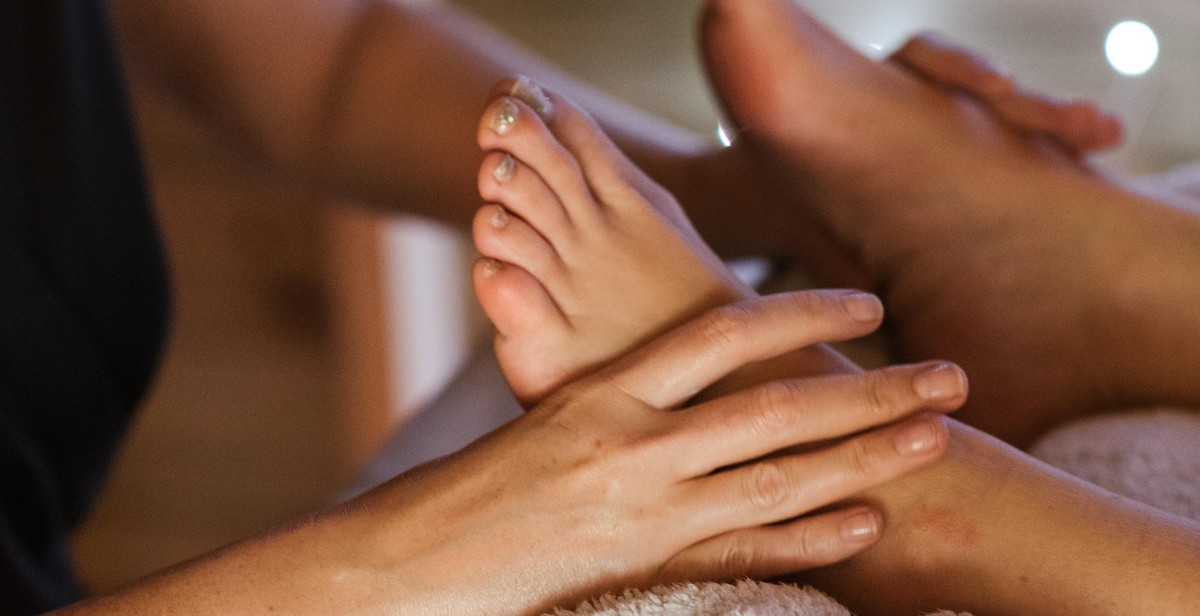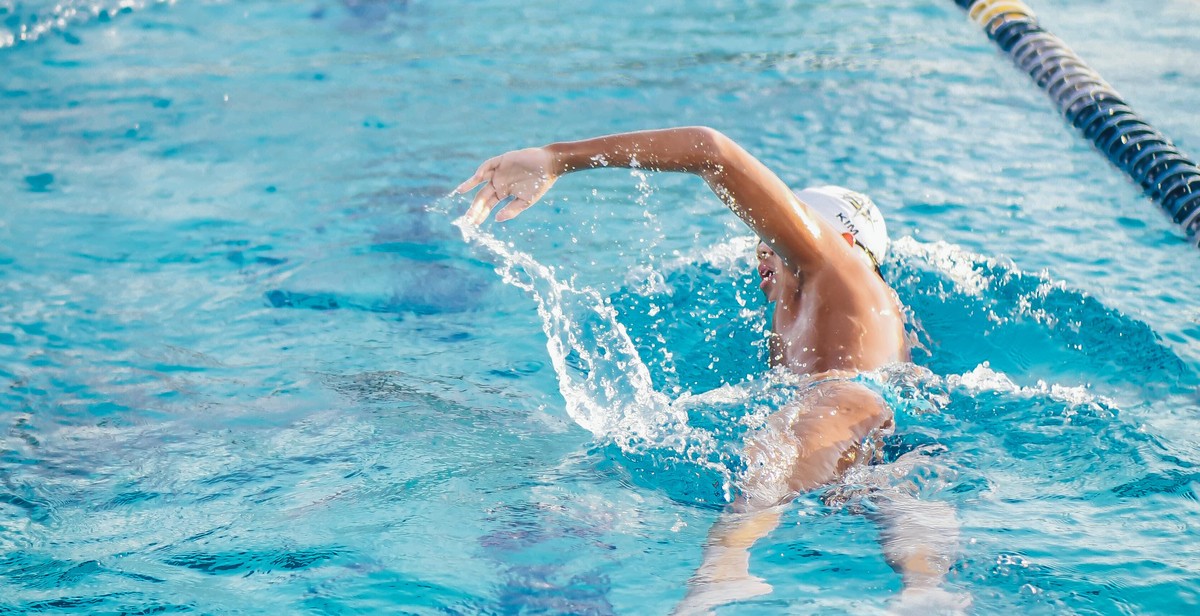How to Swim Freestyle with Efficient Technique and Breathing
Swimming is one of the best forms of exercise for overall fitness and health. Freestyle, also known as front crawl, is the most common swimming stroke and is often the first stroke taught to beginners. It is a fast and efficient way to move through the water, but it requires proper technique and breathing to be performed effectively.
Benefits of Freestyle Swimming
Freestyle swimming is a great cardiovascular workout that can improve lung capacity, muscle strength, and endurance. It is a low-impact exercise that is easy on the joints, making it an ideal choice for people with arthritis or other joint problems. Swimming can also help reduce stress and anxiety, improve sleep, and boost overall mood.
Proper Technique for Freestyle Swimming
The key to swimming freestyle efficiently is to maintain good body position in the water. This means keeping your head, hips, and legs in a straight line and your body parallel to the surface of the water. Your arms should reach forward and enter the water at a slight angle, then pull back towards your hips in a smooth, continuous motion. Your legs should kick in a quick and steady rhythm, with your toes pointed and your knees slightly bent.
Breathing Techniques for Freestyle Swimming
Breathing is an essential part of freestyle swimming and can be a challenge for beginners. The most common breathing technique is to take a breath every two or three strokes, turning your head to the side and inhaling through your mouth while your face is out of the water. Exhale through your nose and mouth while your face is in the water. It is important to practice breathing on both sides to avoid muscle imbalances and improve your overall technique.
By following these tips and practicing regularly, you can improve your freestyle swimming technique and enjoy all the benefits of this great form of exercise.

The Basics of Freestyle Swimming
Freestyle swimming, also known as front crawl, is one of the most popular and efficient swimming strokes. It is a great cardiovascular exercise that can help improve your overall fitness and endurance. However, to become a proficient freestyle swimmer, it is important to master the basics of body position, arm movement, stroke technique, and leg movement. In this section, we will discuss the key elements of freestyle swimming technique.
Body Position and Alignment
The key to efficient freestyle swimming is maintaining a streamlined body position. This means keeping your body straight and aligned from head to toe. You should keep your head in a neutral position, looking straight down at the bottom of the pool, and your body should be parallel to the surface of the water.
One way to achieve a streamlined body position is to engage your core muscles. This will help keep your hips and legs high in the water, reducing drag and making it easier to move forward. You should also keep your arms and legs close to your body to minimize resistance.
Arm Movement and Stroke Technique
The arm movement in freestyle swimming is a continuous alternating motion. Your arms should reach forward, entering the water with your fingertips first. As your hand enters the water, your arm should be fully extended in front of you.
Once your hand enters the water, you should begin the pull phase of the stroke. This involves pulling your arm back towards your body, using your hand and forearm to generate propulsion. As you pull your arm back, you should keep your elbow high and close to your body, and your hand should follow a S-shaped path, finishing near your hip.
The recovery phase of the stroke involves bringing your arm back to the starting position. This is done by lifting your elbow out of the water, bending your arm, and then reaching forward again for the next stroke.
Leg Movement and Kick Technique
The kick in freestyle swimming is an alternating motion, with one leg kicking down while the other leg comes up. Your legs should remain close together, with your toes pointed and your knees slightly bent.
During the downward kick, you should use your quadriceps and hip flexors to generate propulsion. As your leg comes up, you should keep your foot close to the surface of the water to minimize drag.
It is important to note that the kick in freestyle swimming is not as important as the arm stroke in generating forward momentum. However, a strong and efficient kick can help improve your overall speed and endurance.
| Element | Key Points |
|---|---|
| Body Position and Alignment | Keep your body straight and aligned, engage your core, keep arms and legs close to the body |
| Arm Movement and Stroke Technique | Continuous alternating motion, reach forward, enter water with fingertips, high elbow, S-shaped path, lift elbow out of water for recovery |
| Leg Movement and Kick Technique | Alternating motion, close together with toes pointed and knees slightly bent, use quadriceps and hip flexors for propulsion, keep foot close to water surface |

Breathing Techniques for Freestyle Swimming
Breathing is an essential part of freestyle swimming. Proper breathing technique can help you swim more efficiently and effectively. Here are some breathing techniques for freestyle swimming:
Inhaling and Exhaling
When swimming freestyle, you need to inhale air through your mouth and exhale it through your nose or mouth. It is important to exhale completely underwater, so you can inhale more air when you turn your head to breathe. Exhaling completely also helps you relax and avoid hyperventilation.
When you turn your head to breathe, you should inhale air quickly and smoothly. Do not lift your head too high or too long, as it can slow you down and disrupt your body position. Instead, roll your body to the side and keep your head in line with your spine. Inhale air as soon as your mouth clears the water surface, and then turn your head back down to exhale completely.
Breathing Timing
The timing of your breathing depends on your swimming speed and stroke rate. Generally, you should breathe every 2 to 3 strokes, so you can maintain a steady rhythm and avoid fatigue. If you swim faster or shorter distances, you may need to breathe more frequently. If you swim slower or longer distances, you may need to breathe less frequently.
It is important to establish a breathing pattern that suits your needs and goals. Experiment with different breathing patterns during your training sessions, and find the one that allows you to swim comfortably and efficiently.
Breathing Frequency
The frequency of your breathing depends on your lung capacity and fitness level. Generally, you should breathe deeply and regularly, so you can supply enough oxygen to your muscles and avoid oxygen debt. If you hold your breath or breathe shallowly, you may feel tired or dizzy, and your performance may suffer.
It is important to practice breathing exercises outside the pool, such as diaphragmatic breathing and breath-holding, to improve your lung capacity and control. You can also use breathing drills in the pool, such as one-arm freestyle and bilateral breathing, to challenge your breathing skills and coordination.
Conclusion
By mastering the breathing techniques for freestyle swimming, you can enhance your performance and enjoyment in the water. Remember to inhale and exhale smoothly, time your breathing with your stroke rate, and breathe deeply and regularly. With practice and patience, you can become a more efficient and confident freestyle swimmer.

Tips for Improving Your Freestyle Swimming Technique
Improving your freestyle swimming technique is essential to becoming a better swimmer. Here are some tips that can help you improve your freestyle swimming technique:
Practice Consistently
Practice makes perfect, and the more you practice, the better you will become at swimming. Consistency is key when it comes to improving your freestyle swimming technique. Aim to swim at least three times a week, and gradually increase the duration and intensity of your workouts.
Use Equipment to Aid Your Training
Using equipment such as kickboards, pull buoys, and paddles can help you improve your freestyle swimming technique. Kickboards can help you focus on your leg kick, while pull buoys can help you focus on your arm pull. Paddles can help you develop upper body strength and improve your stroke technique.
Get Feedback from a Coach or Experienced Swimmer
Getting feedback from a coach or experienced swimmer can help you identify areas of improvement in your freestyle swimming technique. A coach or experienced swimmer can also provide you with tips and drills to help you improve your technique.
It is important to remember that improving your freestyle swimming technique takes time and dedication. By practicing consistently, using equipment to aid your training, and getting feedback from a coach or experienced swimmer, you can improve your freestyle swimming technique and become a better swimmer.
